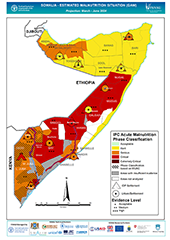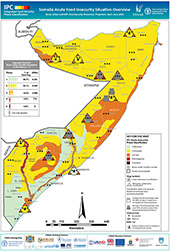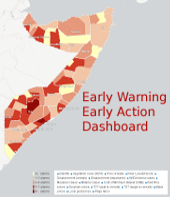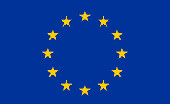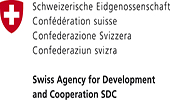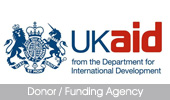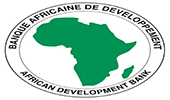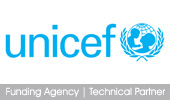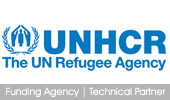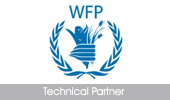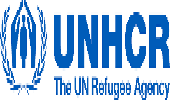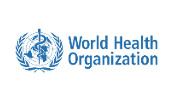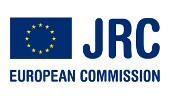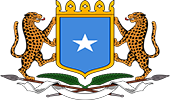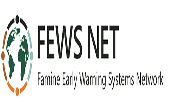Study Report: Mortality among populations of southern and central Somalia affected by severe food insecurity and famine during 2010-2012
Issued: May 2, 2013
Between late 2010 and early 2012, southern and central Somalia experienced severe food insecurity and malnutrition precipitated by a prolonged period of drought resulting in the poorest harvests since the 1992-1993 famine. The effects of the drought were compounded by various factors including decreased humanitarian assistance and increasing food prices. Furthermore, this emergency occurred against a backdrop of heightened insecurity and persistent high levels of acute malnutrition, and affected populations whose resilience mechanisms had already been weakened over the past few years by a protracted crisis featuring a combination of armed conflict, natural disasters and adverse economic conditions. The evolving humanitarian emergency situation was detected in a timely way by existing early warning systems run by the United Nations Food and Agriculture Organisation’s Food Security and Nutrition Analysis Unit for Somalia (FAO/FSNAU) and the USAID-funded Famine Early Warning Systems Network (FEWS NET). By July 2011, based on criteria established by the multi-partner Integrated Food Security Phase Classification (IPC, an analysis template used globally for determining relative severity of food insecurity), the United Nations declared famine in several regions of Somalia. Based on further data and information collected on food security and nutritional status, disease and mortality, additional regions were designated as famine-affected over the subsequent two months. As a result of this emergency, during 2011 large numbers of people were internally displaced within Somalia or migrated to already overcrowded refugee camp complexes in Dollo Ado (Ethiopia) and Dadaab (Kenya). Measles, cholera and other epidemics, which typically accompany situations of greatly deteriorated nutritional status of the population, were also reported from nearly all affected regions.
There is consensus that the humanitarian response to the famine was mostly late and insufficient, and that limited access to most of the affected population, resulting from widespread insecurity and operating restrictions imposed on several relief agencies, was a major constraint. Based on numerous individual surveys conducted throughout southern and central Somalia by FAO/FSNAU and partners, and in the refugee camps by various other agencies, it was assumed that the impact of these combined events on human health would be severe. Indeed, the surveys indicated that both death rates and the prevalence of acute malnutrition among children were well in excess of emergency thresholds, and far surpassing any value observed in Somalia during the previous five years, at least. However, the estimates of mortality from available surveys did not cover the entire affected population, nor the full period during which food security emergency and famine conditions occurred. Indeed, during the emergency, the United Nations did not issue real-time death toll estimates. In 2012, improved conditions presented an opportunity to take stock of lessons learned and document the effects on health and mortality of exposure to severe food insecurity and malnutrition during 2010 and 2011. Therefore, a study was commissioned by FAO/FSNAU, with substantial technical and financial support from FEWS NET, in order to produce an estimate of the number of deaths during the 2011 Somalia famine, and among refugees displaced to camps in Ethiopia (Dollo Ado) and Kenya (Dadaab).
In this report, we refer to the 2010-2012 events as “severe food insecurity and famine.†Although imperfect, this term encompasses famine, while also capturing regions and periods of time that were not classified as being in a state of famine, but nonetheless experienced extraordinary food insecurity stress, as well as other adverse conditions, such as reduced access to humanitarian assistance, that would plausibly result in abnormally high levels of mortality. The study provides estimates of overall and excess mortality over a period of 19 months between October 2010 and April 2012 during which time severe food insecurity and famine conditions prevailed.
Download the Study Report (PDF, 3.84MB)
Datasets and statistical codes used for the study on Mortality among populations of southern and central Somalia affected by severe food insecurity and famine during 2010-2012
The attached notes and accompanying datasets and statistical codes should allow for independent replication of the study analysis. Please refer to the study report and its statistical annex for details on how the analysis was implemented. All datasets included here are already in the public domain, are anonymous and aggregate, and/or do not include any information on human subjects.
